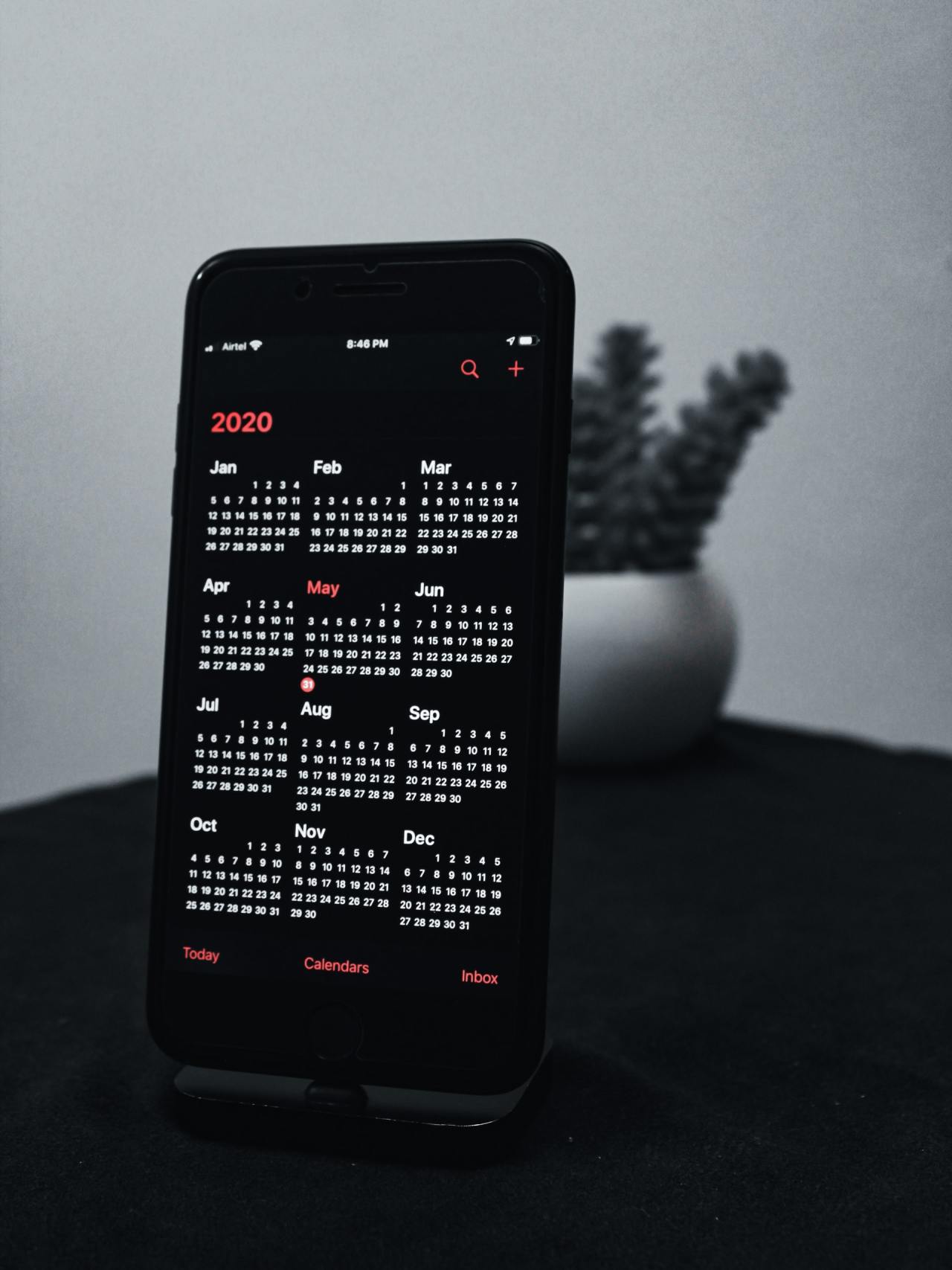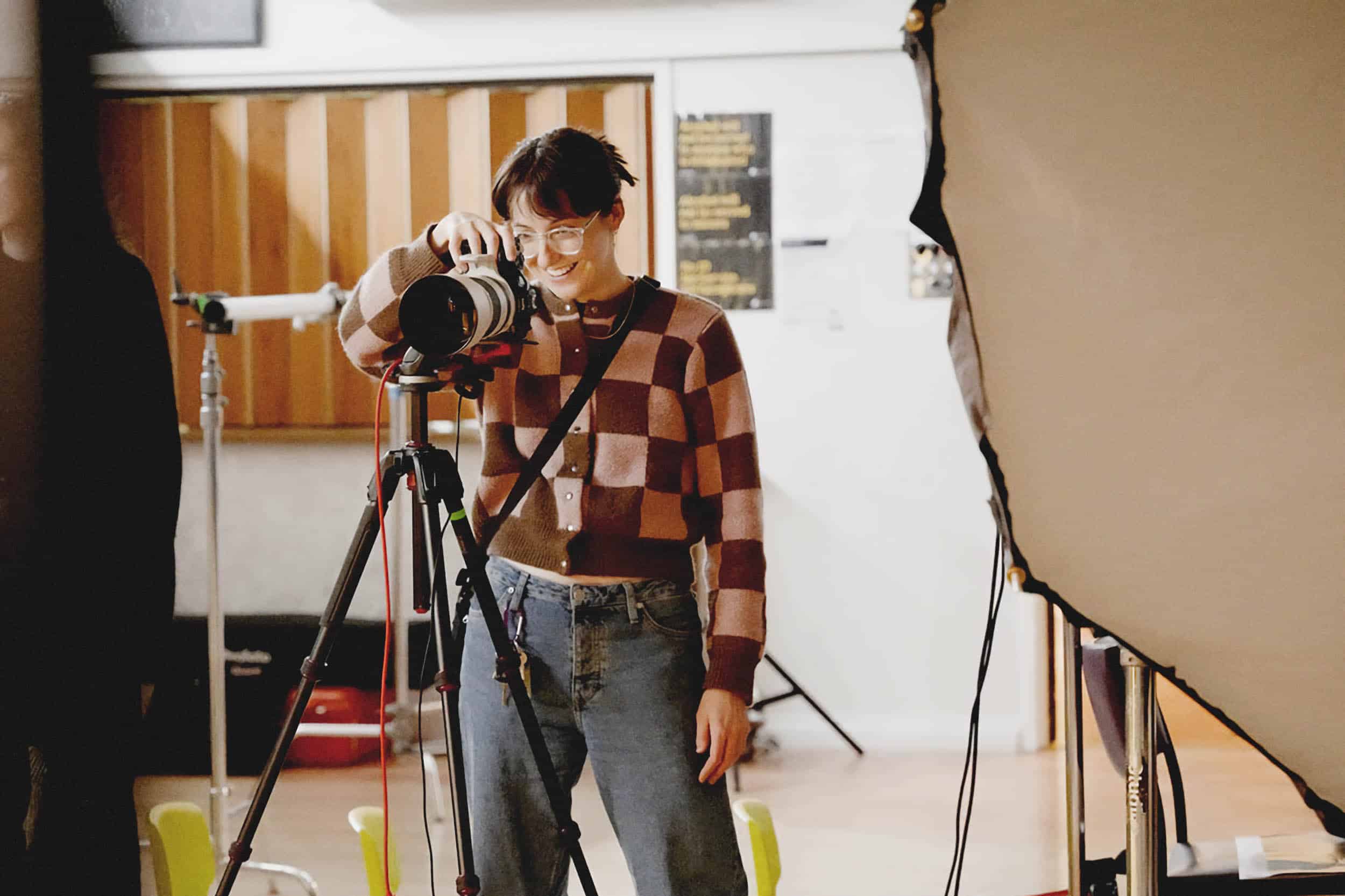Every photographer knows that clients come with different levels of experience working with creative professionals. Many also come with their own expectations. When it comes to real estate photography, the stakes are especially high due to the price tag of the properties, and the client’s desire to capture the most appealing images.
To help you navigate this industry, arming yourself with a real estate photography portfolio and a real estate photography contract is one of the smartest things you can do. Ensuring all your projects include a contract helps protect you and your business from unpleasant interactions with the client and ensures that at the end of the day, you get paid.
This article will provide tips on creating the contract and important things photographers need to consider, such as terms and conditions, payment time, deliverables, and more.
Do You Need Contracts for Real Estate Photography Shoots?
If you still don’t think you need a photography contract, imagine this scenario: After sending over your files and feeling good about a job well done, you get an email back. The client expected that you would deliver more photos of the property, and says they will withhold payment until you meet their demand. However, capturing the additional images means that you would have to commute back to the property, find a time where the real estate agent can let you into the property–incurring additional fees for their time–capture the images, and edit them – all out of your own pocket. However, starting out with a contract means you have a concrete agreement to point to that outlines the items you are delivering.
Reasons To Have Real Estate Photography Contracts as a Photographer
There are many reasons you may find having a contract a need and not just a nice-to-have. They may include:
Field of Work Requirements. Commercial Real Estate Photography comes with high expectations of quality and format conventions, such as captures from specific angles and heights inside and out. It typically also comes with a higher service fee due to the amount of coordination and volume of images captured, processed, and delivered.
Portfolio Work. As a real estate photographer, there will come a time when another real estate professional such as a property designer, real estate agent, builders, or other contractors may ask for you to shoot work for their portfolio. In these instances, having the other party sign a contract is recommended. This is because the work you produce is likely to be used to advertise their business in magazines and other forms of publication, and the only way to ensure you get paid for this is to include the scope and limitations of the usage of your photos when you hand them off to the client. In this case, the contract also legally protects you if the client uses your photos to promote your work without telling you about it to avoid additional payments.
Exclusivity. Sometimes, clients want you to focus on their projects exclusively for a period of time. For these occasions, having a contract that addresses what does and does not break the exclusivity clause is important. For example, your client should be able to provide an agreed-upon number of projects over a specific period of time that would allow you to meet your profit goals. In addition, understanding the duration of the exclusivity is also important before you make your decision. Exclusivity contracts often occur after a long-standing trust has been established between the client and the photographer, so doing due diligence to project it can be the difference between a severed business relationship and a flourishing one.
Delinquent Clients. Sometimes, you can get a certain uncomfortable feeling from the start of your interactions with a client that your working relationship won’t be easy. Maybe they keep changing their mind, or maybe they’re upfront about cashflow issues that may prevent them from making a payment. Other times, seemingly perfect clients can turn into problems overnight, and begin to make unreasonable demands and require immediate attention. Every single photographer will interact with at least one problem client attempting to host payment hostage. In these instances, being able to point them to a concrete list of deliverables in your contract can help put a stop to a “he said, she said, they said” war of words with a concrete and legally binding document.
Essentially, a photography contract exists to protect real estate photographers from unpredictable factors you can’t control and helps hold the client accountable to the deliverable, working conditions, and compensation. It may also exist to benefit you based on how the images will be used after you share them with the client. If these are the types of working conditions that appeal to you, keep reading about how to put together a contract.

Important Elements of a Real Estate Photography Contract
While there is no set recipe for a photography contract, there are conventional portions that most have in common that strategically cover the photographer’s bases.
Information of both parties;
Scope of the agreement;
Booking and payment details
Requirements;
Extra fees;
Delivery;
Rights/Licensing;
Property release;
Signature.
While this list may seem cumbersome, the good news is that you only need to put together a Real Estate contract once to create your base. You can then tailor certain portions of the contract based on the specifics of the new project. For example, to photograph properties farther away, you would consider including a more extensive Travel compensation.
In addition, keep reading for useful tips on what to consider including in each section of your contract.
Information About Both Parties
This section includes the bulk of the contact information about both parties in one centralized place. It includes full names, mailing addresses, email addresses, and phone numbers where each party can be reached. This is also the type of information used for billing purposes later in the relationship.
Terms of Service
This portion of the agreement varies the most between each photography project. In this section, you provide information about the scope of the project. Be sure to cover:
Address of property being photographed, and key areas that will be captured
Scheduled date of project delivery and other key dates (ex. shoots)
The number and format of photos delivered
Services included in the contract (staging, drone photography, lighting)
Number of post production hours covered by the contract
Rounds of feedback or hours of effort covered by the contract
Method of delivery (email, temporary cloud storage link, USB)
Any additional client requests
You should aim to describe the project in as much detail as possible to avoid any confusion or disagreements later on.
Booking and Payment
After Terms of Service, the Booking and Payment sections arguably the second if not most important section of the contract because it ensures that you get paid. This portion of the contract includes information about who is responsible for booking the services of various project partners and how payment will be handled. Look to include:
List of business names of parties that require booking (Lighting, Staging, etc)
List what time commitment and support is required from each partner
Who will be responsible for booking their services on the day of the shoot
When it comes to the payment section of your contract, don’t forget to include information about:
Payment terms (ex. 30 days from delivery of assets)
How the payment will be made (e-transfer or cheque)
Consider asking for a deposit at the confirmation of the shoot, which can be a set dollar amount or a range of 25-50% of the total project cost
Clearly outline that final asset delivery will occur after payment confirmation; within 12-24 hours is industry standard
No one wants to be on the hook for payment after sending through the final product. To help address this, you can send lower resolution, watermarked images to the client for review before final delivery. The final delivery of project files should only occur once the payment has been made.
Property Preparation
As part of your contract, you should also include what type of property preparation will occur prior to or part of the shoot. For example, you should detail whether staging and lighting services are to be provided by the photographer, or another business. In addition, you should clearly state who is responsible for booking, coordinating, and communicating with these parties.
When your real estate photography shoot involves working with other contractors, it’s worth including an approach as to whether or not the photographer expects the other parties to provide in order for the shoot to be successful. Similarly, you may also want to include information about being compensated in case the photoshoot has to be rescheduled on account of another contractor’s availability or lack of provision of the outlined deliverables.

Changes to Timeline
Every project starts out hoping everything goes according to plan, but it’s best to be prepared for the worst case scenario. As a result, your contract should account for the following variables:
Cancellation. Consider including penalty amounts in case the client cancels the contract before completion. You can also add details depending on what stage of the project the cancellation occurs. For example, capturing the photos and post-editing are two large areas of effort involved with a project. Consider including a cancellation penalty associated with each.
Rescheduling. Include what amount the client expects to pay in case they require for the shoot to be rescheduled, or for the assets to be delivered earlier than anticipated.
Late Arrival. When it comes to Real Estate, photographers and light crew may only enter the property when accompanied by the client. To make sure you are reimbursed for your time in the instance that the client is late on the day of the shoot, consider including this clause in your contract.
While it may be uncomfortable to raise these subjects with your client as you embark on a project, including them in your contract makes it a lot easier than having to approach these subjects without having set the expectations up front.
Property and Equipment Provision
The property and equipment portion of your contract covers what software and hardware will be used as part of the capture and delivery of the project assets. The purpose of this section is to capture client expectations of the types of equipment that will be used as part of the project. This section can include:
List of cameras that will be used
List of lenses that will be available on the day of the shoot
Any lighting or staging equipment covered by the contract
Information about post-editing software
Including this section helps prevent unpleasant surprises on the day of the shoot. For example, if the client is used to using a wide-angle lens for capturing small condo listing photos, including this section saves you having to delay the photo or making the client wait as you race to your home or studio to secure the equipment they expect you to have for the job.
If you’re a beginner, you can check out this related article featuring 19 Real Estate Photography Tips.
Travel to Location
When it comes to real estate photography, traveling to the property location is an ongoing part of the job. As a result, it’s smart to seek compensation for this service as part of the project payment. There are two ways to approach travel expenses:
Flat fee. Set an amount that covers your travel to and from the location.
Kilometer count. A numerical amount you expect to get reimbursed for every kilometer you travel. This number should factor in current gas prices.
You can discuss with your client which method they prefer. As a tip, for locations farther away, it may make more sense not to give the client a flat fee option. Ensure to factor in travel time when you calculate the total number of yours you expect to spend working on a project.
Usage and License Rights
Including information about property ownership is important because it’s one of the most commonly misunderstood areas of real estate photography, especially among less experienced clients. As a result, you should clearly outline the license which the project covers such as:
The location where your work will be hosted
If relevant, frequency of usage of the images within the medium
If relevant, duration of usage of the images before an additional license must be acquired
As the photographer, you remain the owner of the images you capture. Being explicit about this in the terms of your contract can help ensure you get paid for subsequent uses of images, which can be outlined in the commercial usage terms clause of the contract.
Commercial Usage Terms
Clients often want to use images you captured as part of promotional materials to help promote their business. In these instances, they need to pay to license the images when they are used outside of the originally intended project or medium. However, many clients are unaware of this condition and assume that photographers surrender any image property rights when they send over the final images.
As a result, it’s important to make them aware that they are purchasing a license to use the images you are providing in a set context, such as for a real estate listing. Additional usage of the images requires obtaining a commercial license from you, and additional payment.
Safe Working Environment and Indemnification
As previously mentioned, no one wants to think about the worst case scenario. However, contracts help protect photographers if and when they do. This is why including a clause about the client’s responsibility to provide safe working conditions is a good idea. For instance, it’s reasonable to expect that no major construction will be completed on the property on the day of the shoot.
In addition, consider including an indemnification clause in your contract. The purpose of an indemnification clause is to ensure you are compensated in the case of loss, liability, or damage that may occur as part of the project. For example, if the client accidentally tips over your lighting setup and shatters a very costly lightbulb, this clause will reaffirm that they are on the hook to cover the cost of a replacement.
Signature
It may seem like common sense, but attaining the client’s signature prior to proceeding with the project is essential. The signature is what makes the document a binding contract. As a result, ensure your client’s signature, full name, and date are included at the end of the document.
For peace of mind, you may also want to include a section on each page where the client must provide an initial to indicate they have read and understood the terms.
Attaining a client signature is now easier than ever with the help of third-party online signature companies like Adobe Acrobat Reader Pro and HelloSign.
What Makes a Real Estate Photography Contract Void?
As a Real Estate Photographer, there may come a time when you may want to cancel the contract. This usually happens for reasons unforeseen at the start of the business relationship, such as client misconduct, lack of payment, or creative differences. In this instance, you should look to include a cancellation clause that outlines the process for voiding the contract you expect both parties to follow.
It’s a good idea for your cancellation clause to require written notice of cancellation from either party and to cover how deposits or remaining payments will be dealt with in the case of a cancellation.
Get Started
Embarking on a real estate photography project is like going on a 10-kilometer hike without a raincoat on an overcast day. Chances of you making it back dry are good, but if the weather takes a turn for the worst, you’ll really wish you had brought that raincoat. The same concept goes for the contract because it exists to protect you in the case that something goes amiss in your relationship with your client.
Armed with your real estate photography contract and your online portfolio, you are ready to attract and secure real estate clients.
To learn how to attract real estate clients, see these related articles:
How to Get Real Estate Photography Clients












